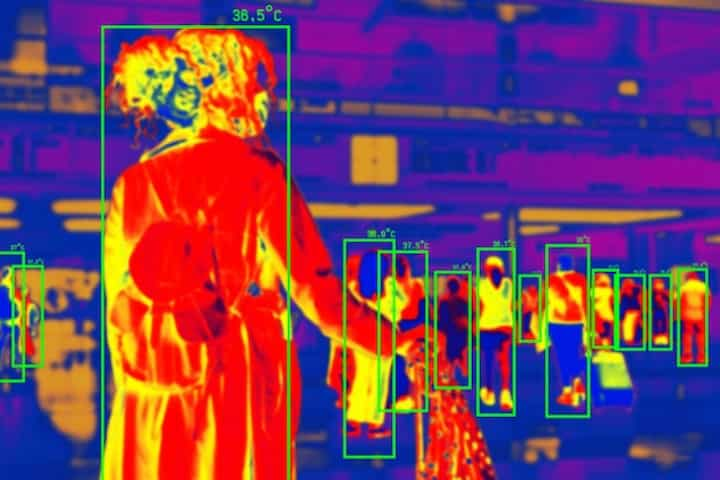
Uncovering Hidden Mold The Benefits of Thermal Imaging Inspection
In the realm of property maintenance and safety, mold growth poses significant challenges. Often unseen and undetected, it can cause substantial structural damage and health complications. The traditional methods of identifying mold infestations often fall short, primarily because mold can lurk within walls, ceilings, and other inaccessible areas. This is where thermal imaging inspection becomes a game-changer. By leveraging advanced technology, thermal imaging provides a non-invasive, efficient, and reliable method to detect hidden mold, offering substantial benefits for property owners and inspectors alike. This article delves into the advantages of thermal imaging inspections in uncovering hidden mold and why it is an essential tool in modern property management.
Understanding Thermal Imaging Inspection
Thermal imaging, also known as thermography, is a technique that uses infrared cameras to detect temperature variations on surfaces. These variations can indicate the presence of moisture, which is a common precursor to mold growth. By capturing these temperature changes, thermal imaging helps in identifying potential mold-infested areas without the need for physical probing or dismantling structures.
The Benefits of Thermal Imaging for Mold Detection
Non-Invasive and Cost-Effective
One of the standout benefits of thermal imaging is its non-invasive nature. Without the need to tear down walls or remove insulation, thermal imaging allows inspectors to scan entire properties swiftly and effectively. This not only saves time but also significantly reduces the cost associated with traditional inspection methods.
Accurate and Comprehensive Detection
Thermal imaging can identify mold hidden behind walls, under floors, and in ceilings. By detecting temperature anomalies, it provides a comprehensive overview of potential problem areas. This accuracy ensures that mold issues can be addressed before they escalate into major problems.
Early Detection and Prevention
Mold growth can lead to severe health issues and costly repairs. Early detection through thermal imaging enables property owners to address moisture issues before they develop into significant mold infestations. This proactive approach can prevent health risks and maintain the structural integrity of buildings.
Applications of Thermal Imaging Inspections
Residential Properties
- Identify hidden leaks and areas prone to moisture buildup.
- Detect mold behind walls and ceilings without intrusive methods.
- Ensure healthier living environments by preventing mold-related health issues.
Commercial Buildings
- Safeguard the health of employees by ensuring a mold-free environment.
- Protect valuable inventory and equipment from mold-induced damage.
- Reduce potential liability issues related to mold exposure.
Conclusion
Thermal imaging inspection is a powerful tool in the fight against hidden mold. By providing a non-invasive, accurate, and efficient method of detection, it offers substantial benefits to both residential and commercial property owners. Early detection not only helps in maintaining a healthy environment but also saves significant costs in repairs and remediation.
For those interested in understanding more about how thermal imaging can benefit their property management practices, read more about this topic. This resource offers a comprehensive look into the applications and advantages of thermal imaging, helping property owners make informed decisions about their inspection and maintenance strategies.
To delve deeper into the nuances of thermal imaging and its role in mold prevention, learn more in this detailed guide. It provides further insights into how this technology is transforming the landscape of property inspection and mold detection.
For further exploration into this topic and how it applies to specific scenarios, explore further insights here. By understanding the full scope of thermal imaging capabilities, property owners can enhance their preventive measures against mold growth.
To ensure comprehensive protection against mold and its associated risks, find additional information here. This guide offers essential knowledge for maintaining safe and mold-free environments.